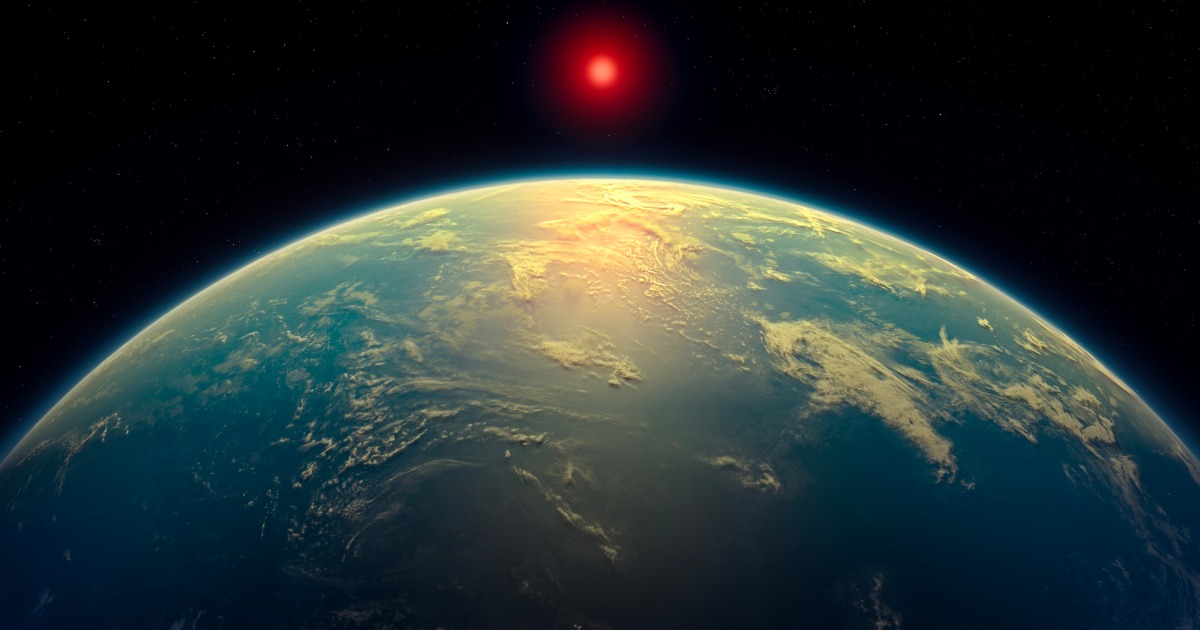
Lagrange Points
Lagrange Points are five points in space where the gravitational forces of two large bodies, such as the Earth and the Moon or the Earth and the Sun, balance the centripetal force felt by a smaller object, such as a spacecraft. These points are named after Joseph-Louis Lagrange, an Italian-French mathematician who first calculated their existence in 1772. The five Lagrange Points are L1, L2, L3, L4, and L5. L1 is located between the two large bodies, while L2 and L3 are located on the opposite side of the smaller body. L4 and L5 are located at equilateral triangles with the smaller body and the two large bodies. Lagrange Points are important in space exploration because they allow spacecraft to remain in a stable position relative to the two large bodies without using a lot of fuel.
Your Previous Searches
Random Picks
- Minimal Waste Production: Minimal waste production refers to the practice of designing, developing, and operating space and astronautical systems with the goal of minimizing the amount of waste generated during their lifecycle. This includes reducing waste generated ... Read More >>
- Bone Health: Bone Health in space and astronautical engineering context refers to the maintenance of bone density, strength, and structure of astronauts during spaceflight. In microgravity environments, the lack of mechanical loading on bones can lead t ... Read More >>
- Spacecraft Repair: Spacecraft repair refers to the process of fixing or restoring a damaged or malfunctioning spacecraft. This can include repairing or replacing damaged components, conducting maintenance on systems, and troubleshooting issues that arise duri ... Read More >>
Top News

This week on "Sunday Morning" (April 20)...
A look at the features for this week's broadcast of the Emmy-winning program, hosted by Jane Pauley....
News Source: CBS News on 2025-04-17

Scientists detect strongest hints yet of life on a distant planet...
Scientists have detected unique chemical patterns similar to those produced by the Earth's algae and seaweed — raising the possibility of the presence of a warm ocean, perhaps teeming with life, on ...
News Source: NBC News on 2025-04-17

Is there life on another planet? Scientists find the strongest evidence yet...
Near a planet far, far away astronomers have found traces of chemicals that on Earth are only produced by living beings....
News Source: Al Jazeera English on 2025-04-17

Scientists find strongest evidence yet of life on an alien planet | CNN...
In a potential landmark discovery, scientists using the James Webb Space Telescope have obtained what they call the strongest signs yet of possible life beyond our solar system, detecting in an alien ...
News Source: CNN on 2025-04-17
Katy Perry's trip to space wasn't inspirational. It was tone-deaf marketing....
Katy Perry indulged in a space tourism trip Monday, courtesy of Jeff Bezos' company. It's the latest in a long line of missteps for the singer....
News Source: Business Insider on 2025-04-14